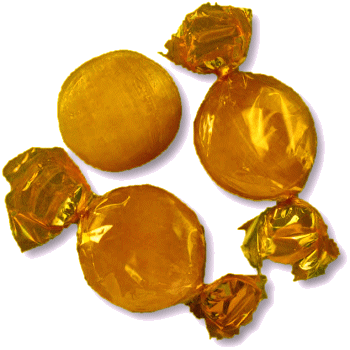




WELCOME TO An Entertainment Site for Scottish Country Dancers - Enjoy the curated selection of theme-related dances for celebrations and holidays, or find a dance associated with a special calendar day, or EVEN your own birthday!
Good Friday
Apr 18
Other Scottish Country Dances for this Day
Today's Musings, History & Folklore
“🎶 Hot cross buns, hot cross buns,
One a penny, two a penny, hot cross buns.
If you have no daughters, give them to your sons.
Hot cross buns, hot cross buns”
~ Traditional
Hot Cross Buns, a fruited yeast bread laced with spices, hold a cherished place in the pre-Easter festivities. Wrapped in myths and steeped in tradition, these Lenten treats are more than just a delight for the palate. The symbolic cross adorning each bun is believed to ward off evil spirits, avert kitchen fires, and guarantee the success of every bread baked within the year when hung in the kitchen. Moreover, carrying these buns on a sea voyage is thought to fend off shipwrecks. Sharing a Hot Cross Bun, as per the adage "Half for you and half for me, between us two, good luck shall be," is said to cement a strong friendship and bond for the ensuing year. This lively reel contains plenty of cross-wise figures for replicating the icing on any of these tasty treats! Vintage and modern recipes included! ✝️ 🧁 🧁 🧁
The Hot Cross Bun
“Hot cross buns, hot cross buns,
One a penny, two a penny, hot cross buns.
If you have no daughters, give them to your sons.
Hot cross buns, hot cross buns”
Hot Cross Buns are traditionally eaten on Good Friday or on Easter Day. These spongy, fruity pastries have been around for hundreds of years, with possible origins ranging from the Ancient Romans and Saxons to 14th century monks. The earliest citation for the name hot cross bun in the Oxford English Dictionary is from Poor Robin's, a 1733 almanac that says "Good Friday comes this Month, the old woman runs, With one or two a Penny, hot cross Bunns [sic]."
Not only a seasonal delicacy, Hot Cross Buns were believed to be imbued with special qualities:
-
It was believed that if you hung a hot cross bun from your kitchen rafters on Good Friday, the bread would remain fresh and mold-free throughout the entire year. The buns were sometimes broken up and mixed with water and treated as a medicine.
-
Additionally, due to the blessed cross on top, hot cross buns hung in the kitchen were also supposed to protect the household from evil spirits.
-
On a more practical level, a bun hung in the kitchen was said to prevent kitchen fires and ensure that all breads baked in that kitchen throughout the year would turn out perfectly.
Along with other specialty breads, in 1592, Queen Elizabeth I's Clerk of the Market issued a decree saying that "no baker or other persons shall at any time or times hereafter make, utter, or sell by retail, within or without their houses, unto any of the queen's subjects, any spice cakes, buns, bisket [sic], or other spice bread … except it be at burials, or upon the Friday before Easter, or at Christmas."
To get around this regulation, people baked the buns in their own kitchens, although if they were caught, the penalty was to give up all of the illegal buns on their premises to the poor.
Specialty dishes for the Easter season in other countries include:
-
Mazurek (Poland) - a short cake heavily decorated with jam, nuts, chocolate, fruit, and iced lamb designs
-
Osterlamm (Germany) - a cake or bread replica lambdecorated with icing or powdered sugar
-
Iguana Soup (Nicaragua) - to avoid the proscription against meat during Lent
-
Flauones (Cypress) - square or triangular pastries filled with eggs, cheese and mint
-
Babka (Ukraine and Poland) - tall and wide dessert breads filled with almond paste, nuts, fruit, or chocolate
-
Mämmi (Finland) - a thick, porridge-like dish, made from water, rye flour, and rye malt which sweetens during baking
-
Colomba Pasquale (Italy) - a bird-shaped bread is filled with nuts and orange peels and covered in an icing glaze
For a vintage recipe and more interesting background about this traditional bread, click the vintage postcard below. Or for a no fault recipe from Mary Berry, click here.
Click the dance cribs or description below to link to a printable version of the dance!





